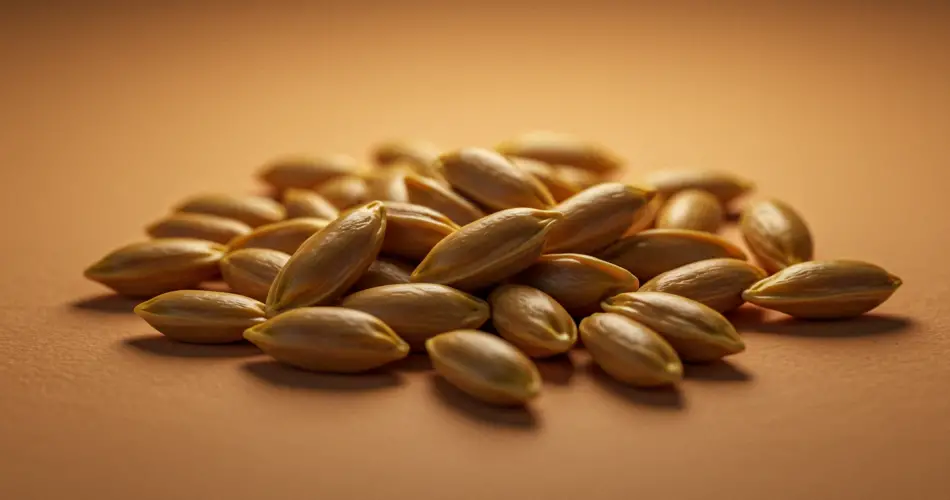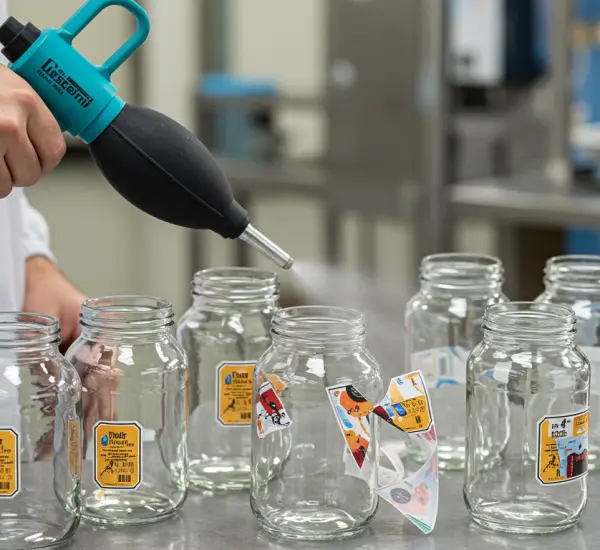Lemons are among the most widely used citrus fruits in the kitchen. They bring freshness and flavor to dishes, act as natural preservatives, and are the base of countless recipes. Beyond cooking, lemon is also a powerful ally in natural cleaning and home remedies, thanks to its acidity and antibacterial properties.
Rich in vitamin C and minerals, lemons support the immune system, help prevent seasonal colds and flu, and even contribute to healthy skin through cell renewal. Their benefits are widely known, but one part of the fruit is often overlooked and quickly discarded: the seeds.
Most people toss lemon seeds in the trash after squeezing the juice, unaware that these small, hard seeds can be reused in a valuable and surprising way. Instead of throwing them away, you can turn them into new life—literally. With a bit of patience, lemon seeds can be planted to grow a lemon tree of your own.
Why You Shouldn’t Throw Away Lemon Seeds
Every lemon seed holds the potential to become a tree. While it may take years before it produces fruit, growing a lemon plant from seed is rewarding, sustainable, and even therapeutic. Beyond the possibility of harvesting your own lemons in the long run, these plants make beautiful additions to balconies, gardens, and indoor spaces.
Lemon plants are evergreen, with shiny green leaves that release a fresh citrus fragrance. Even without bearing fruit, a lemon plant grown from seed is an attractive and decorative plant to keep in your home.
How to Plant Lemon Seeds at Home
Growing a lemon tree from seeds is simpler than you might think. It requires basic materials, some care, and a good deal of patience. Here’s a step-by-step guide to help you succeed.
Step 1: Collect and Clean the Seeds
After squeezing a lemon, set aside the seeds instead of discarding them. Rinse them under running water to remove any pulp or juice that could lead to mold growth. Make sure the water is at room temperature, not hot, to avoid damaging the seed.
Once clean, dry them gently with a paper towel. To speed up germination, you can peel off the thin outer skin of each seed using a pair of tweezers. This step isn’t strictly necessary but can help the sprout emerge more easily.
Step 2: Prepare a Germination Container
You don’t need a large pot at the start. A small container, such as an empty yogurt cup, will work perfectly. Instead of soil, start the germination process using damp cotton or paper towels. Place a layer of moist cotton in the container and gently lay the seeds on top. Cover them lightly with more damp cotton or another layer of paper towel.
Keep the cotton moist but not soaking wet. Within a week or two, you should start to see small shoots emerging from the seeds. This early sprouting stage is a sign that the seeds are alive and ready to be transferred to soil.
Step 3: Transplant to Soil
Once the sprouts reach a few centimeters in height and tiny roots are visible, it’s time to transfer them into soil. Choose a small pot with drainage holes and fill it with light, well-draining potting soil. Carefully plant the sprouted seed about one centimeter deep, with the green shoot pointing upward.
Water the soil lightly and place the pot in a warm location with indirect sunlight. A temperature range of 19°C to 25°C (66°F to 77°F) is ideal for lemon seedlings.
Step 4: Provide Proper Care
Lemon seedlings require consistent care to thrive. Keep the soil slightly moist at all times, but avoid waterlogging, which can rot the delicate roots. Over the next weeks and months, the plant will grow stronger leaves and stems.
Patience is essential. A lemon plant grown from seed typically takes several years—often around five—before it produces fruit. However, even without lemons, the plant itself is rewarding to grow. Its glossy leaves and fragrant presence bring freshness and natural beauty to your space.
Tips for Growing Healthy Lemon Plants
-
Light: Lemon plants love sunlight. Keep your plant in a bright spot with plenty of indirect light, or place it outdoors during warmer months.
-
Water: Maintain consistent moisture but avoid overwatering. Check the soil regularly and water only when the top layer feels dry.
-
Soil: Use nutrient-rich, well-draining potting mix. You can add a bit of sand or perlite to improve drainage.
-
Temperature: Protect the plant from cold drafts or frost. Lemon trees are sensitive to low temperatures.
-
Repotting: As the plant grows, transfer it to larger pots to give the roots more space.
The Patience Reward
Growing a lemon tree from seed is a slow process, and it may test your patience. You may wait years before seeing your first lemon, but the journey itself is fulfilling. Watching a seed you once thought of as waste grow into a healthy green plant is deeply satisfying.
Even if your plant never produces fruit, it serves as a natural air purifier, a decorative element for your home, and a reminder of the benefits of reusing what we often overlook.
Beyond Sustainability: A Symbol of Renewal
Choosing not to throw away lemon seeds and instead giving them a chance to grow is an act of sustainability, but it’s also symbolic. Each seed represents renewal and potential. By planting them, you contribute not just to your own well-being but also to the environment by adding more greenery to the world.
Lemon plants can be gifted to friends, used as decorative accents, or simply enjoyed as part of your own home garden. What once seemed like waste becomes a symbol of growth and vitality.
Final Thoughts
Next time you squeeze a lemon, think twice before discarding the seeds. Instead of ending up in the trash, they can be the beginning of a beautiful new plant. With just a bit of care and patience, you can grow your own lemon tree at home—whether in the garden, on the balcony, or even indoors.
It’s a small step toward reducing waste, embracing sustainability, and experiencing the joy of nurturing life from something as simple as a seed.
So, don’t throw away lemon seeds. Plant them, care for them, and watch them grow into a fresh, green reminder that even the smallest things can create something remarkable.



